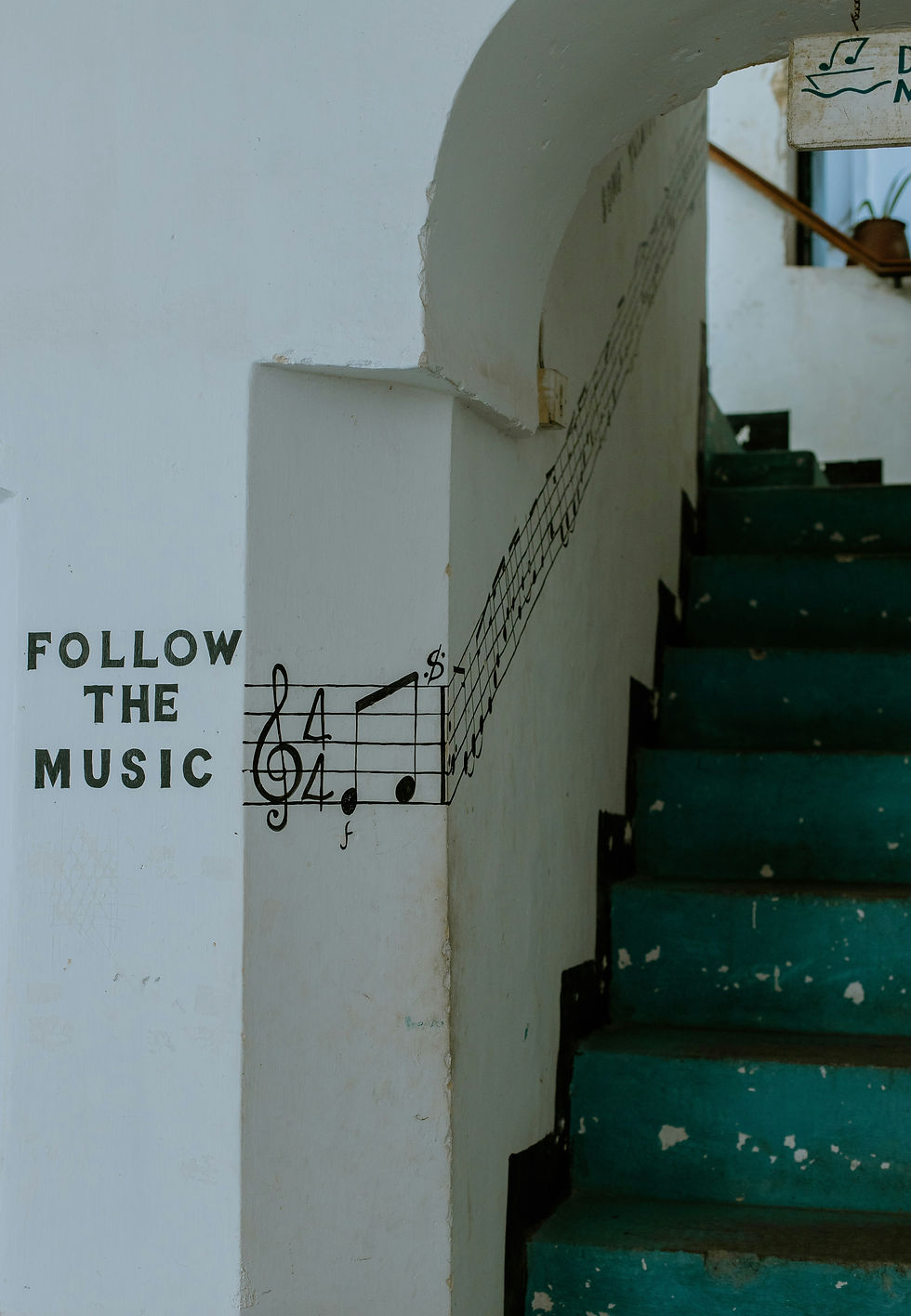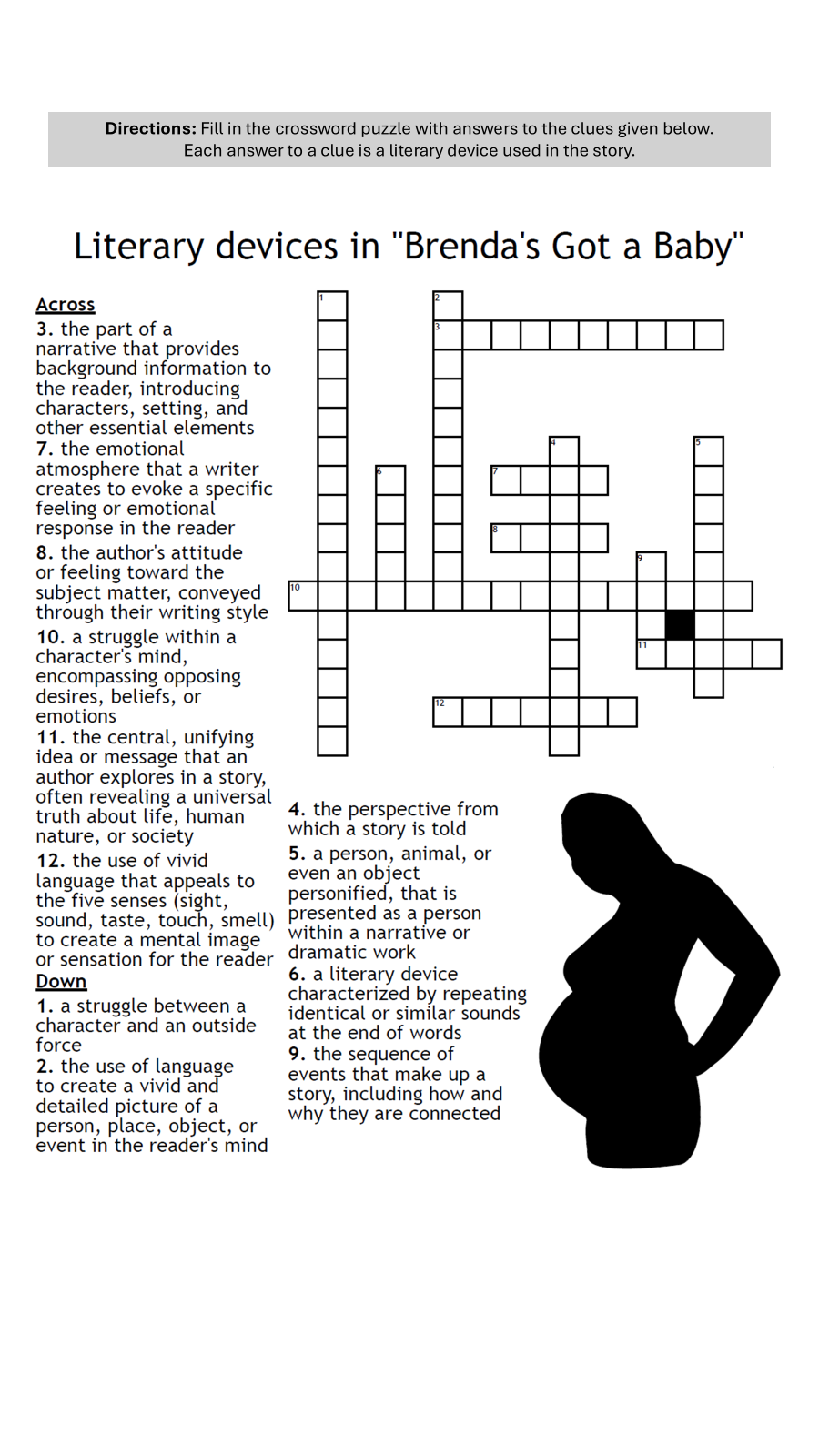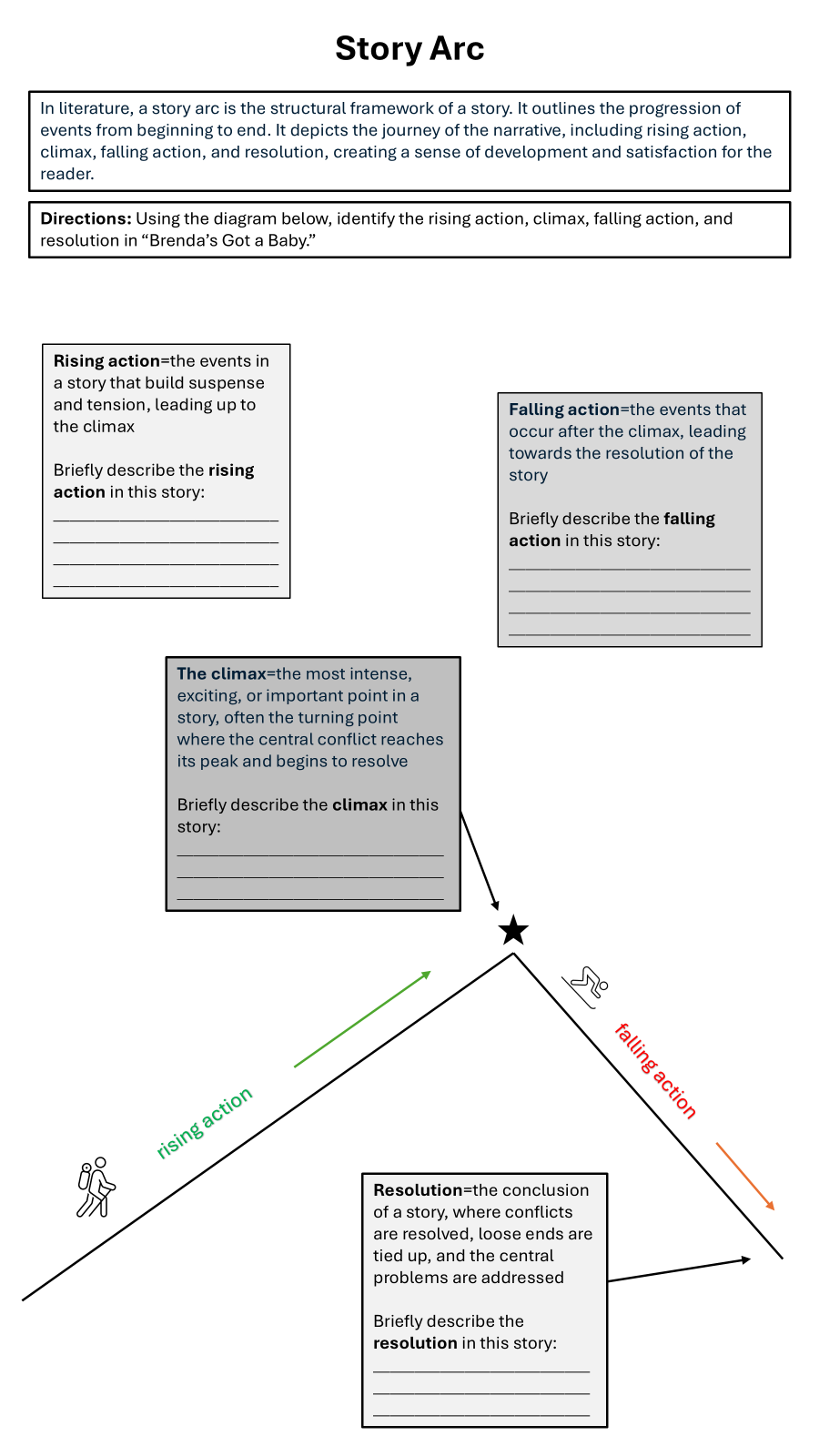4 Reasons to Teach Storytelling Songs in ELA Class
- Christine Hull
- Jul 29
- 5 min read
Updated: Jul 30

Thanks to music, there are stories that unite us. We know who Jolene is and that she has auburn hair, that Luka lived on the second floor, and why the protagonist in Tracy Chapman’s “Fast Car” had to get away. These storytelling songs serve as a vehicle to engage ELA students in story analysis. Here are four reasons to teach storytelling songs in your ELA class:
1. They’re approachable for students
Everyone listens to music. Even the most reluctant reader has song lyrics that they can quote. Storytelling songs allow students to engage in a meaningful way with the same literary devices that are in novels and short stories. Students who have trouble identifying a metaphor in a poem may be able to spot one quickly in a song, and a student who has trouble identifying the internal conflict in a Jack London story can easily see the conflict present in Tupac’s “Brenda’s Got a Baby.” Storytelling songs lower the intimidation factor that other forms of literature sometimes have.
Fun change of pace
After finishing a novel study or slogging through test prep, analyzing a storytelling song is a fun change of pace. It is a full lesson that can be taught in one class period and is engaging in a way that SAT vocabulary never will be. It may even remind students that the study of literature is supposed to be (gasp) fun.
They’re short
Songs are short, that’s one of their superpowers. Some flash fiction can be read in the same amount of time that it takes to listen to a song, but Raymond Carver doesn’t have a bass guitar, and Tobias Wolff doesn’t have Dolly Parton’s southern twang. (Sorry, Mr. Wolff.) Because the songs are short, they can be listened to multiple times. This allows students to see how their comprehension and appreciation increase with multiple listens, and hopefully they will remember this and consider rereading a short story or chapter of a novel.
Great vehicles to discuss mood, tone, and pathos
Quick quiz question: What’s the difference between mood and tone? It is tricky, isn’t it? In my classes I use these definitions: Mood is the emotional atmosphere the author is creating. In Tupac’s “Brenda’s Got a Baby” the mood is sad and pessimistic because of Brenda’s unwanted pregnancy. If a student doesn’t immediately grasp the mood from the lyrics, the music helps to communicate it. Tone is the author’s attitude toward the subject. In the case of “Brenda’s Got a Baby,” how does Tupac feel about Brenda’s unwanted pregnancy and her downfall because of it? He’s sympathetic to her and critical of the environment that allowed Brenda and her baby to suffer. He’s pissed off! So, the tone is angry and sad. Mood and tone are so closely related that they’re often used synonymously, which is incorrect.
I will (sometimes) touch on pathos when I am teaching poetry (i.e. “Do Not Go Gentle Into That Good Night"), but to be honest I often overlook it. Storytelling songs don’t allow the listener to look away from the pathos. Tupac insists that listeners feel something while listening to Brenda’s story. Again, if the pathos isn’t immediately evident by reading the lyrics, the music helps to communicate all the feels.
Here is my FREE lesson on Tupac’s “Brenda’s Got a Baby”, which is available at no charge in my Teachers Pay Teachers store:
I begin by giving each student a copy of the lyrics and playing the song.

We listen to the song a couple of times, and I encourage students to mark up their text while they’re listening. They should note anything they don’t understand, find interesting or surprising, etc.
Then I make the point that the song can be analyzed in the same way as a short story.
I give each student a worksheet directing them to match literary terms and definitions. Most students can move through the worksheet easily, but sometimes I allow students to work in pairs.

If I feel the need to reinforce these terms, I give students this crossword puzzle as well. The puzzle can also be assigned as homework.

Again, I make the point that Tupac is telling a story just as Maya Angelou or Jane Austen tells a story. So “Brenda’s Got a Baby” has a story arc just as other works of literature do. I distribute this worksheet that asks students to outline the song’s story arc. Students work either individually or in pairs.

Now students have some fluency with literary devices and the story arc of the song. They’ve also heard the song a few times and have had their own personal reactions to it. So now we can dive into some critical thinking with discussion questions. If I’m aiming to complete this lesson in one class period and we’re running short on time, I tell the students to work with a partner and choose four questions to answer together. (I’ll assign the remaining questions as homework.) After a set amount of time (10-15 minutes) we discuss the questions as a class. Because everyone has had an opportunity to work through some of the questions with their partner, no one should be without something to contribute.
Discussion questions:
1.What themes are in “Brenda’s Got a Baby”?
3.From whose point of view is the story told? How does that point of view affect the telling of the story? In other words, how would the story be different if told from another point of view?
4.This story could have been told in a novel, a short story, or a movie. Is Tupac’s song the most effective way to tell Brenda’s story? Why/why not?
5.Discuss the pathos in the story.
6.What social critique is Tupac offering?
7.Describe both the mood and tone of the song.
8.What is your opinion of the lyric, “Brenda’s barely got a brain”? How did you feel when you first hear this lyric?
9.What are some other story telling songs that have resonated with you? Why did they resonate?
10.Does this song remind you of anything else that you’ve read/listened to? How are they similar/different?
Go to my Teachers pay Teachers store and click on the link to get this entire lesson--including answer keys--for FREE.
Like literature, songs have the power to transport us into someone else’s world. Using storytelling songs in ELA classes allows students to sharpen their literary analysis skills while also exercising their empathy.
Have you used storytelling songs, or any other music, in your ELA classes? What songs have been most enjoyable? Share your thoughts in the comments.

Comments